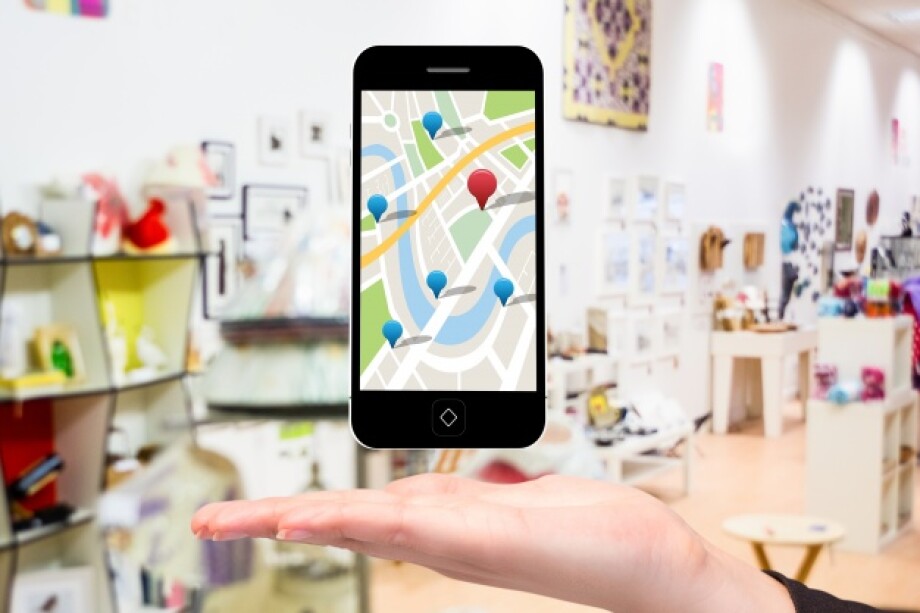To be honest, this topic has always been complicated for me. I don’t mean I have no sense of direction, but still worry when I have to teach this. Hope this material will help teachers like me to stay more confident. Let’s go!
- You can start the lesson with watching the video below (ask students to watch and guess the topic of the lesson).
I guess your student will stay puzzled after watching and may also tell you that he/she couldn’t understand directions, but don’t worry. Tell him that the upcoming lesson’s aim is to make him understand directions as well as to give them.
- Study the vocabulary. Doesn’t matter whether you teach adults or kids, do the matching exercise like this one. It will give a perfect chance to practice directions.
- Then provide controlled and semi-controlled activities. Practice makes perfect.
Exercise 1 — students have to look at the map and choose whether the statements given are true or false. Then your students should fill in the gaps in order to give directions.
Exercise 2 — Students look at the picture and answer some questions about the locations. Ask them to tell directions of getting from one place which is the answer to the first question to another place which is the answer to the second question.
If you work with a group of kids, it would be cool to use a TRP method. Just stand up and show kids what to do (e.g.turn right, go straight ahead). You can prepare special cards in advance (if children both repeat and look at directions, they will remember them better).
If your students are older, then try roleplays. They should create dialogues in pairs. After that, a group chooses the most creative one. You can even praise winners by giving them something sweet (cookies or candies).
- Do practical exercises.
Don’t forget that every lesson should be connected with the practical usage of the material you taught. Think of the situations that will make your student use directions.
Creating a map
Let your students become artists and create their own maps. They can be simply drafts or something like «my dream town». After that students can present their projects and ask each other some questions based on what they see. Here the aim is to communicate with real people and practice asking and giving directions. Moreover, it’s a chance to train a brain to think creatively.
Alternatively, students can create board games like «Making progress in English» with some arrows (e.g. You turn right and have to name 5 words connected with vegetables etc.) and play them with their group mates. The most important here is to use directions themselves.
Preparing for a birthday party/ a wedding
Imagine you’re going to have a party. No matter what kind of it is, ask students to make some invitations. It’s important to write an address and explain how to find a place (they may both draw and write).
Thinking about a new workplace
I highly recommend every teacher to give practical tasks using Google Maps. Ask your students to download a special app and start using it. Imagine your student is going to start a new job in a week. He/she must be on time every day. Ask him to find the fastest, the cheapest and the most convenient way from home to the office. It’s important that he/she shouldn’t speak about imaginary routes, they should be real ways that are possible to use in everyday life. The task is especially useful for those who are living in big cities.
Planning a future trip
Again, Google Maps help. For example, your student can try to find a way from the hotel to the concert hall/ the stadium. Step by step h/she can create a route for the future trip and tell about plans in front of the class or make a video called «my holiday plans».
- Now don’t forget to come to the episode back again. Now everything is clear for your students!
- Directions sometimes become more than instructions, they get a kind of philosophical meaning (e.g. choosing a way of life). So, one more reason to learn directions is to understand different meanings. Let’s take Elvis Presley’s song called You’re Right I’m left She’s Gone. Watch a video with your student, work with lyrics and explain to them how directions work. They would enjoy it, I promise. Here you can find more songs with directions in the title.






 Вероника Аветисян
Вероника Аветисян 
 Маргарита Аветисян
Маргарита Аветисян 


